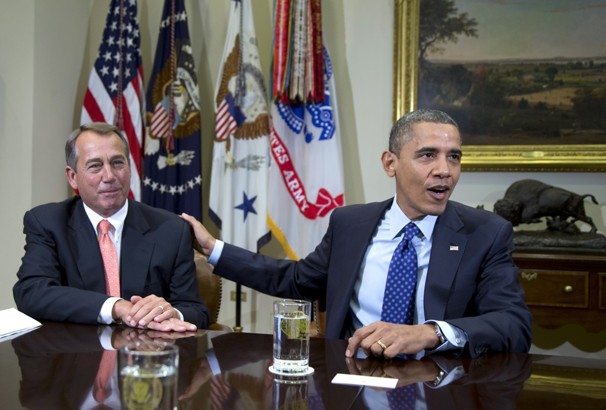In early November, Indian Prime Minister Narendra Modi announced that the 500 rupee and 1000 rupee notes would no longer be in circulation, with any notes held currently only retaining their value until the end of December.
This reform is part of Modi’s election promise to curb tax evasion and recover illegal income. “On one hand, we are number one in economic growth,” Modi has stated, “and on the other we are ranked 100 in global corruption rankings.”
Nirmal Jain, chairman of IIFL Holdings Ltd., praised the new law as “a very powerful measure to curb black money…it will have a deflationary impact in general and more specifically on real estate prices and make homes affordable.”
Milan Vaishnav, a senior associate at the Carnegie Endowment for International Peace in Washington, also lent his support, saying that Modi is “changing the narrative at a time when everyone was saying this government’s moves on black money were mainly hype.”
However, some have criticized Modi’s unexpected reform. C. H. Venkatachalam, the general secretary of the All India Bank Employees Association, considers it pointless.
“The whales and sharks will break out of this net easily and find a way to pump their money back into system through organized networks,” he asserts. “It is not easy to cull out the black money from India’s economy, and the real big players are tough to touch.”
The announcement has also inconvenienced some in their daily operations. Shreet Agarwal, a small business owner, complained that he “had difficulty to take out [his] car from parking because the attendant would not accept 500 rupee currency notes.”
A cash shortage has been triggered as well, with people standing outside banks to deposit their previous notes. Finance Minister Arun Jaitley has promised card-swiping machines to ease the process.
“There will be two point-of-sale machines provided to every village which has a population up to 10,000, and 100,000 villages will be selected for this purpose,” he stated at a press conference. “This will benefit farmers covering a total population of nearly 750 million.”
As such, the long-term impact of Modi’s announcement will be hard to predict, but only time will tell of its effectiveness.






Be the first to comment on "The Ban on Rupee Notes: India’s Cash Crisis"